Key Takeaways
- Choose a storage system that accommodates your current and future collection size
- Group wines by type, varietal, or region for easier access
- Label bins, shelves, or racks for quick identification
- Track inventory with a spreadsheet, app, or cellar management software
- Rotate bottles and check aging status regularly
- Store in a temperature- and humidity-controlled environment
Organizing Your Wine Collection is Key
Whether you're a casual enthusiast or a serious collector, organizing your wine collection is key to preserving quality, reducing waste, and enjoying every bottle at its peak. A thoughtful system not only saves time—it also protects your investment and helps you plan future purchases more strategically.

In this article, we'll share practical, easy-to-implement tips for organizing your wine collection at home. Whether you're working with a small wine cabinet or a full walk-in cellar, these strategies will help you create order and peace of mind.
About Vintage Cellars
Vintage Cellars has helped wine lovers protect and organize their collections for over 30 years. From wine racks and custom cellars to high-end wine cabinets and climate control systems, we provide tailored solutions for every stage of the wine journey. Whether you're just starting out or managing a collection of 1,000+ bottles, our experts are here to help.
More about Vintage Cellars
#1 - Group Wines by Type and Style
Avoid mixing reds, whites, and dessert wines in the same area. Organize your storage by type (e.g., red, white, sparkling, dessert) and within those categories by varietal or blend. This helps you quickly locate the kind of wine you want—especially when entertaining.
For example, you might group all Cabernet Sauvignons together, followed by Pinot Noirs, and then Syrahs. Whites can be arranged from dry to sweet, or by country of origin.
#2 - Create a Simple Labeling System
If you store your wine in bins or deep shelves, it can be difficult to identify bottles without pulling everything out. Labeling each bin or shelf with the type or region of wine it holds will make life much easier.

You can use adhesive labels, chalkboard tags, or printed tags that can be updated as your inventory changes. For large collections, assign shelf numbers or codes that correspond to an external inventory list.
#3 - Keep a Digital or Physical Inventory
As your collection grows, tracking it mentally becomes nearly impossible. Maintain a simple spreadsheet or use wine cellar management software to log:
- Bottle name and producer
- Vintage
- Quantity
- Location in your storage system
- Estimated drinking window

There are also excellent wine-tracking apps that allow you to scan labels and get automatic aging and pairing suggestions.
#4 - Store Logically by Usage
Some collectors prefer to organize wines by how and when they plan to use them. For instance:
- Everyday wines near the front
- Wines to age grouped by year or estimated readiness
- Special occasion bottles stored securely and separately
This type of organization can help ensure you’re opening bottles at their best—not too early or too late.
#5 - Rotate Your Stock
Wine should be rotated just like food in your pantry. As you buy new bottles, place them behind older ones to ensure the oldest wines are used first. This reduces the risk of bottles aging past their prime and keeps your collection fresh and balanced.

#6 - Avoid Overcrowding
Overpacking shelves or stacking bottles too tightly can lead to breakage, label damage, and even poor air circulation. Leave room to access and inspect bottles without disturbing others.
Make sure your storage solution can accommodate your current volume—and leave space for future additions.
#7 - Use Proper Storage Conditions
No matter how well you organize your collection, poor storage conditions can still spoil your wine. Make sure your space maintains:
- A consistent temperature (ideally around 55°F)
- Relative humidity between 50% and 70%
- Protection from UV light
- Minimal vibration
Click here for our discussion on the importance of the right humidity for wine aging
If you're using a wine fridge or wine cabinet, check its specifications for long-term aging. If you're storing wine in a larger cellar or closet, consider a climate control system to keep conditions stable.
Easier to Enjoy
A well-organized wine collection makes it easier to enjoy the wines you love and ensures that no bottle gets forgotten or opened too late. Whether you're managing a few dozen bottles or a full cellar, implementing even a few of these tips can improve the way you store, track, and enjoy your collection.
Need Help? Contact Us Today.
Have questions about organizing your wine collection—or need help choosing the right storage system? Call us at 1.800.876.8789 or contact our team online to speak with one of our wine storage experts. We’re happy to help you design a solution that fits your collection, space, and style.




